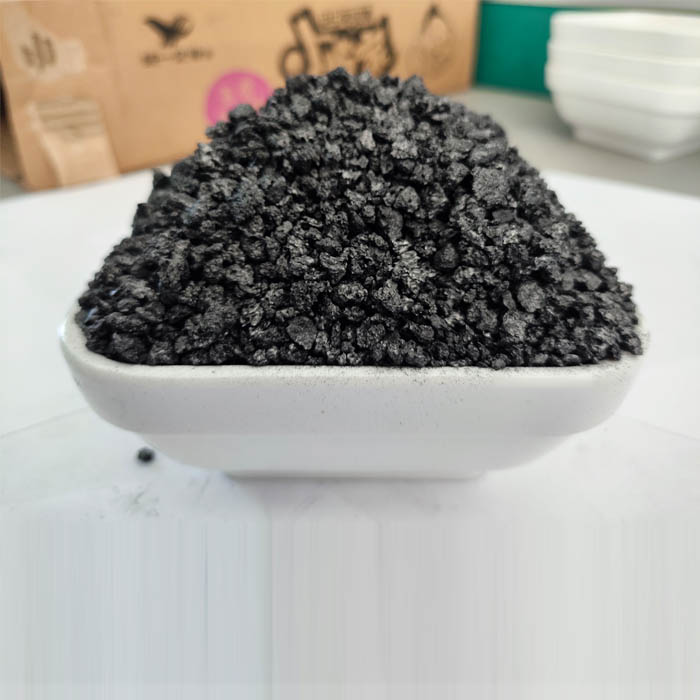Nov . 14, 2024 16:10 Back to list
grinding refractory material manufacturer
Grinding Refractory Material Manufacturers A Comprehensive Overview
Refractory materials are essential in various industrial applications, particularly in high-temperature processes such as metal production, cement manufacturing, and glassmaking. These materials are designed to withstand extreme heat, chemical corrosion, and mechanical stress, making them crucial for ensuring the efficiency and safety of furnaces, kilns, and reactors. As such, the manufacturing of refractory materials requires precision, quality control, and advanced grinding techniques to achieve the desired particle size and distribution.
The Importance of Grinding in Refractory Material Production
Grinding is a critical step in the production of refractory materials. It involves the reduction of large raw materials into finer particles, which improve the material's performance in high-temperature applications. The grinding process affects not only the particle size but also the surface area, which is vital for enhancing the interaction between the refractory material and the molten metal or slag it encounters during use.
The primary goal of grinding refractory materials is to create a uniform size distribution that facilitates better packing and reduces air voids within the materials. This uniformity ensures that the refractory can withstand thermal shock and provides improved insulation and resistance to thermal degradation.
Types of Grinding Techniques
Refractory material manufacturers utilize several grinding techniques based on the specific requirements of the materials and the desired particle size. Common methods include
1. Ball Milling This traditional method involves placing the raw materials in a rotating cylindrical drum filled with grinding balls. The continuous impact and friction caused by the balls reduce the material into fine particles. Ball mills are versatile and can accommodate various materials, making them popular in refractory production.
2. Jet Milling Jet mills use high-velocity air streams to accelerate particles, causing them to collide with each other and break down into finer sizes. This technique is efficient for heat-sensitive materials since it produces minimal heat during the grinding process.
3. Roller Milling This method utilizes roller systems to crush the materials between two rotating surfaces. Roller mills are ideal for achieving a consistent particle size and are often employed in the initial stages of grinding refractory materials.
grinding refractory material manufacturer

4. Impact Milling In this method, materials are subjected to high-speed impacts from rotating hammers or pins, which break them into fine particles. Impact mills are effective for brittle materials and can be used in the final grinding stages.
Selecting a Refractory Material Manufacturer
Choosing the right refractory material manufacturer is crucial for ensuring the quality and performance of the products. When assessing manufacturers, consider the following factors
1. Quality Control Look for manufacturers that adhere to stringent quality control measures throughout the production process. Certifications such as ISO 9001 indicate a commitment to maintaining high standards.
2. Expertise and Experience Manufacturers with extensive experience in the refractory industry will have the knowledge and expertise to produce high-quality materials tailored to specific applications.
3. Product Range A manufacturer that offers a variety of refractory products, including bricks, castables, and monolithics, can provide solutions for different industrial needs.
4. Customization Capabilities Refractory requirements can vary significantly across industries. Manufacturers should be able to customize material formulations based on specific customer needs, ensuring optimal performance.
5. Technical Support Providing technical assistance and guidance on the best practices for using refractory materials is essential. A manufacturer that invests in customer support can help clients achieve the best results in their applications.
Conclusion
The grinding of refractory materials is a fundamental aspect of their manufacturing process, directly impacting their performance and durability in high-temperature environments. By understanding the grinding techniques and selecting reputable manufacturers, industries can ensure they have access to high-quality refractory materials that meet their unique requirements. As the demand for advanced refractory solutions continues to grow, manufacturers must adapt to the evolving landscape and leverage innovative grinding technologies to maintain their competitive edge.
-
Fe-C Composite Pellets for BOF: Enhance Steelmaking Efficiency
NewsAug.07,2025
-
Eco-Friendly Granule Covering Agent | Dust & Caking Control
NewsAug.06,2025
-
Fe-C Composite Pellets for BOF: High-Efficiency & Cost-Saving
NewsAug.05,2025
-
Premium Tundish Covering Agents Exporters | High Purity
NewsAug.04,2025
-
Fe-C Composite Pellets for BOF | Efficient & Economical
NewsAug.03,2025
-
Top Tundish Covering Agent Exporters | Premium Quality Solutions
NewsAug.02,2025
